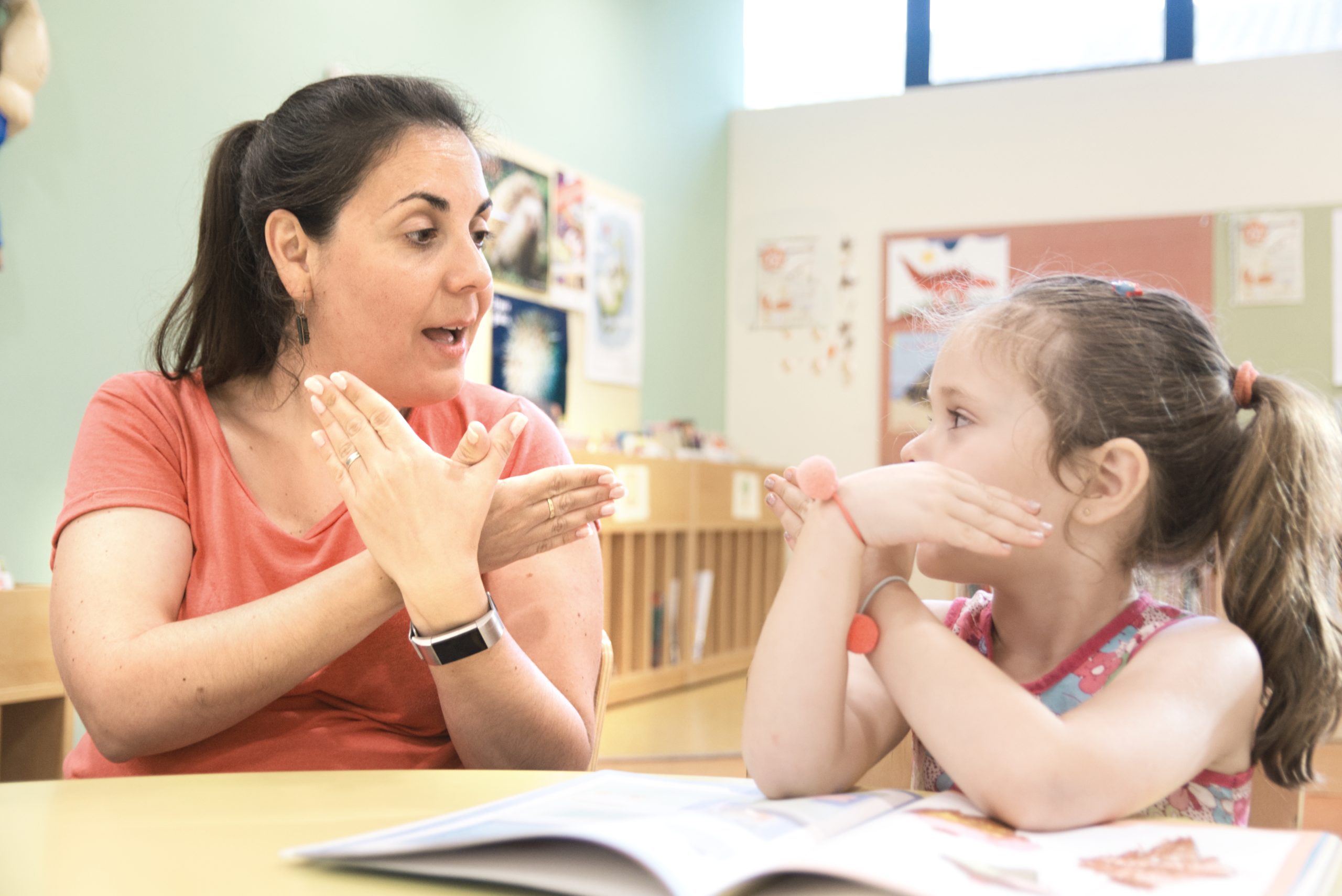Governor Kathy Hochul has signed New York’s $254 billion budget for Fiscal Year 2026, rolling out sweeping changes to the state’s education system—from free meals for every student to tuition-free college for working adults.
At the heart of the plan is a record $37.6 billion in school aid, up $1.7 billion from last year. For the first time, the state is fully funding the Foundation Aid formula, which sends more money to schools based on student needs—a long-awaited shift meant to better serve disadvantaged districts.
One major win for families: universal free meals. The budget allocates $340 million to provide breakfast and lunch to all K-12 students, no matter their income. It’s a move that could reduce child hunger and lighten the load for working parents, especially in lower-income areas.
To curb screen time in classrooms, the budget includes a $13.5 million initiative to restrict smartphones and other internet-enabled devices during school hours. Schools will get funding to create tech-free learning environments aimed at boosting focus and academic performance.
New Yorkers aged 25 to 55 will now have a pathway to tuition-free community college, thanks to a new $47 million program targeting high-demand associate degrees at SUNY and CUNY schools. The funding covers tuition, fees, and textbooks—making it easier for adults to pivot into careers where the state needs workers most.
An additional $307 million will go to public college campuses to help cover rising costs, employee benefits, and academic support. The goal is to stabilize SUNY and CUNY systems while keeping education quality intact.
Governor Hochul’s education investments aim to reduce inequality, support working families, and improve learning outcomes statewide. The changes touch nearly every age group and reflect a broader push to make education more accessible and responsive to today’s challenges.




